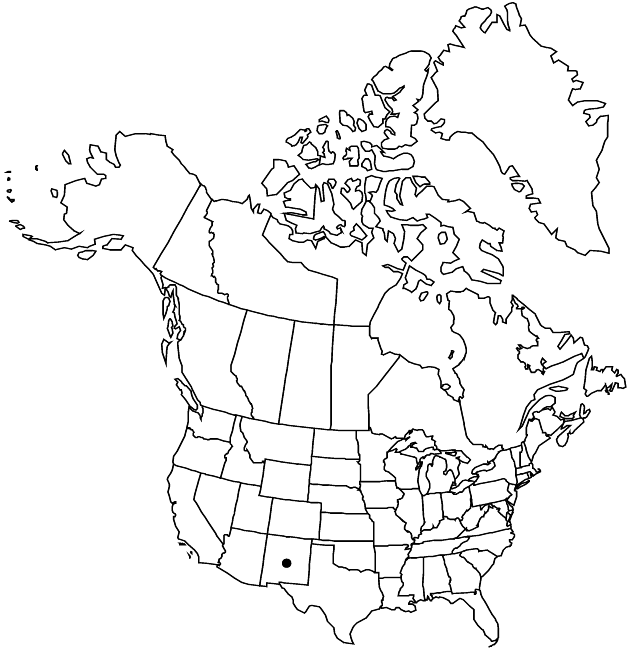Erigeron rybius
Syst. Bot. 7: 457, fig. 1. 1982.
Perennials, 15–35 cm; rhizomatous, fibrous-rooted, primary rhizomes slender, with systems of lignescent, branched rhizomes and slender, herbaceous, scale-leaved stolons bearing terminal leaf tufts. Stems erect, moderately to densely hirsute to hirtellous (hairs retrorsely spreading), usually eglandular, sometimes sparsely minutely glandular. Leaves basal (and proximal cauline usually withering by flowering) and cauline; basal and proximal cauline blades elliptic-ovate to spatulate-obovate, 18–135 × 6–27 mm, margins entire to mucronulate or shallowly serrate, faces short-strigose to hirsute or hirsuto-villous; cauline blades becoming lanceolate and entire distal to midstems, nearly even-sized distally or mid largest (bases clasping to subclasping). Heads 1–6 (from branches on distal 1/3–1/2 of stems). Involucres 6–8 × 9–15 mm. Phyllaries in 3(–4) series, moderately piloso-hirsute, usually eglandular, sometimes minutely glandular. Ray florets 47–99; corollas 11–20 mm, laminae coiling at tips, white, drying white or lilac-tinged. Disc corollas 3.4–4.6 mm. Cypselae obovate to 1.8–2.1 mm, 2(–4)-nerved, faces sparsely strigose; pappi: outer of setae, inner of 20–32 bristles. 2n = 18.
Phenology: Flowering Jul–Sep.
Habitat: Meadows, grassy forest openings, and disturbed areas, ponderosa pine, pine-oak-fir, fir, spruce-fir
Elevation: 1800–2800(–3300) m
Discussion
Selected References
None.
